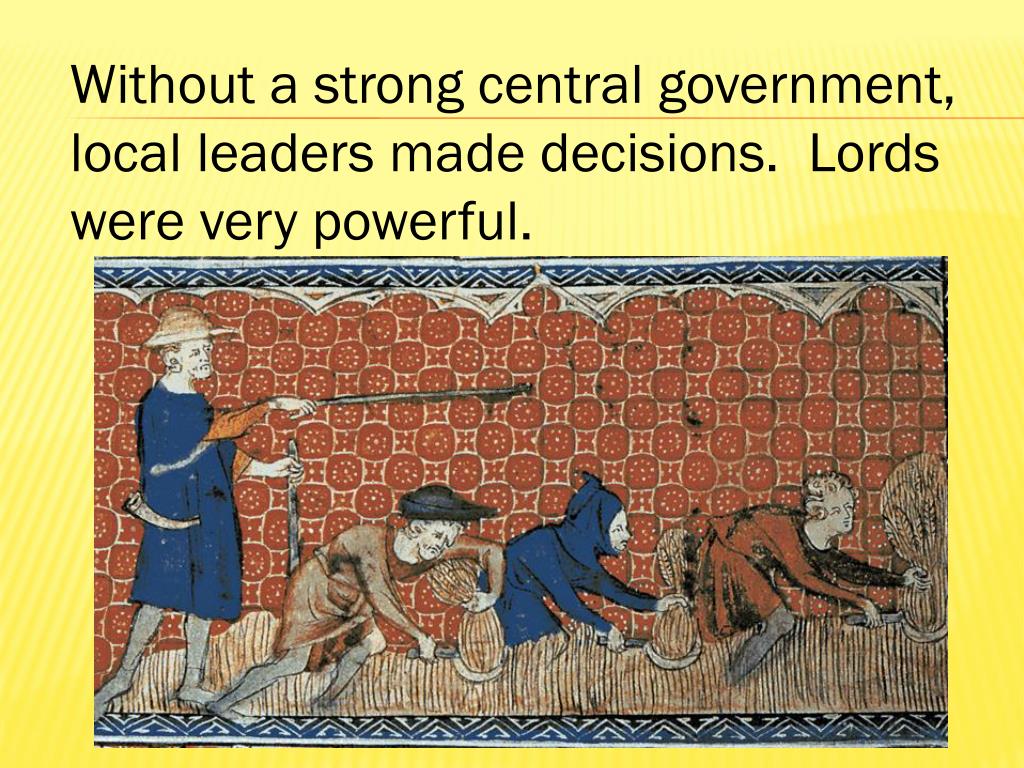
The concept of feudalism originated between the end of the eighteenth and the beginning of the nineteenth centuries as an expression of liberal social criticism. Schreiner, in International Encyclopedia of the Social & Behavioral Sciences, 2001 The cookie is set by the GDPR Cookie Consent plugin and is used to store whether or not user has consented to the use of cookies. The cookie is used to store the user consent for the cookies in the category "Performance". This cookie is set by GDPR Cookie Consent plugin. The cookie is used to store the user consent for the cookies in the category "Other. The cookies is used to store the user consent for the cookies in the category "Necessary".

The cookie is set by GDPR cookie consent to record the user consent for the cookies in the category "Functional". The cookie is used to store the user consent for the cookies in the category "Analytics". These cookies ensure basic functionalities and security features of the website, anonymously. Necessary cookies are absolutely essential for the website to function properly.

The term “feudal society” It encompasses not only the warrior aristocratic structure linked to vassalage, but also the peasants bound by the lordship and the assets of the church. The corresponding obligations and rights were mutually agreed between the lord and the vassal. There were different types of feudal land tenure, they could be military or non-military services. In exchange for the use of the fief and the protection of the lord, the vassal provided him with some kind of service. Classical feudalism describes a set of reciprocal, legal and military obligations between the warriors of the nobility, which revolve around three fundamental concepts: lords, vassals and fief.Ī lord was, generally speaking, a nobleman who owned land the vassal was the person who was granted (by the lord) the possession of the land and this was known as the fiefdom. Even when the infrastructure existed to maintain such unitary power (as was the case with European monarchies), it began to give way to this new structural power, known as feudalism, and eventually disappeared. This acquired power greatly diminished the unitary power of these empires. Thus, the soldiers began to ensure a hereditary system over the land, and their power over the territory began to encompass the political, judicial, and economic spheres.


of the cavalry, by not assigning land to these troops. Feudalism, in its many forms, emerged as a result of the decentralization of an empire, especially the Carolingian Dynasty (a line of Frankish kings who ruled Western Europe between the 8th and 10th centuries), which lacked the necessary bureaucratic infrastructure to support it. Although the etymology of the word is derived from the Latin feudum or feodum (feud), then the word used, neither feudalism nor the system it describes was conceived as a formal political system by people living in the Middle Ages.Įven today, the term is a matter of debate, with some scholars limiting its use to describing arrangements among the nobility, some extending its use to describe the social order of the Middle Ages, and another group of scholars questioning its usefulness as a term. It is broadly defined as the way in which society was structured around the relationships derived from the possession of land in exchange for a service or work. Feudalism describes a combination of military, social, and legal customs that took place in medieval Europe between the 9th and 15th centuries.


 0 kommentar(er)
0 kommentar(er)
